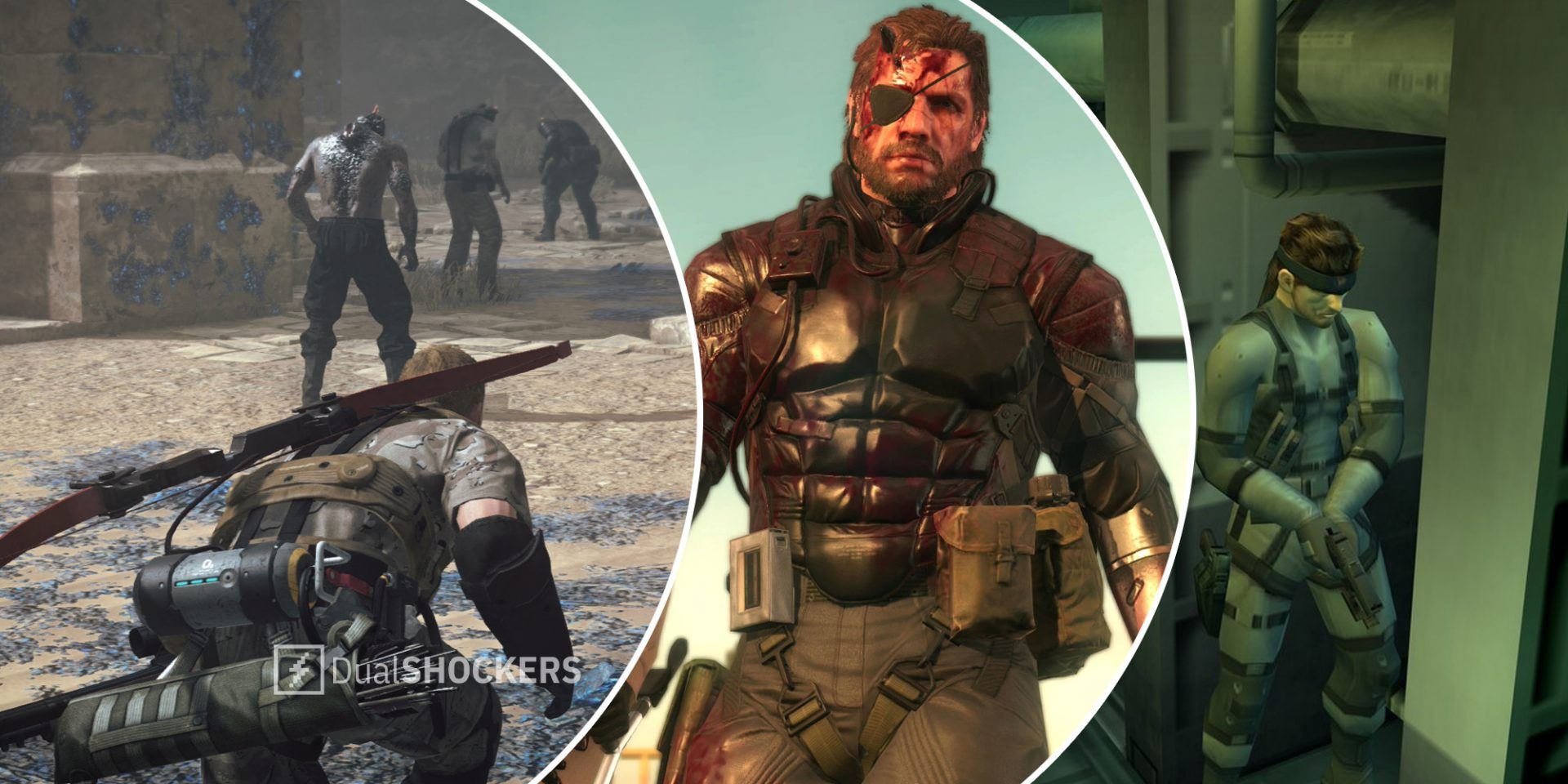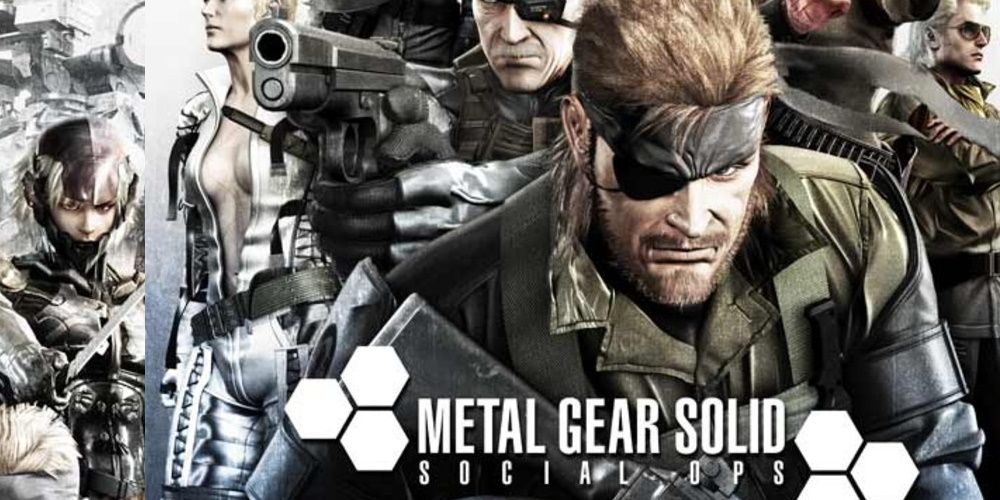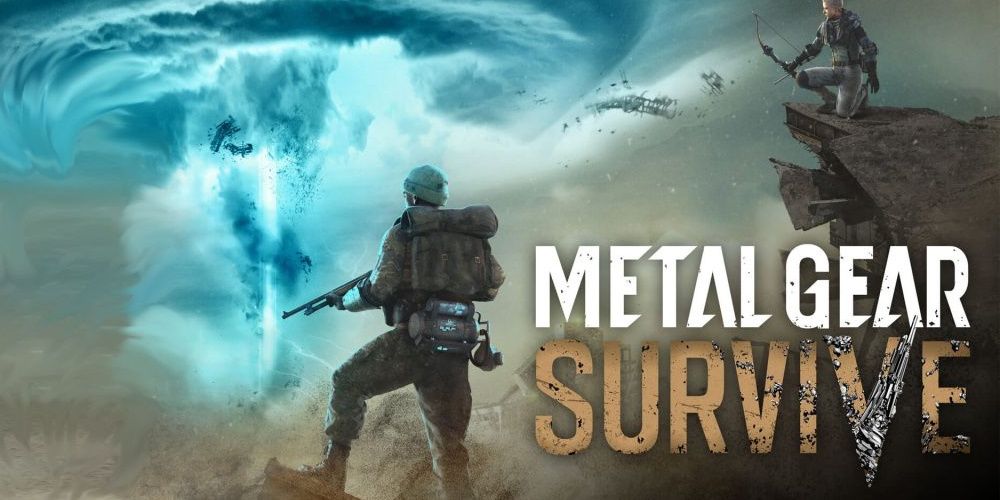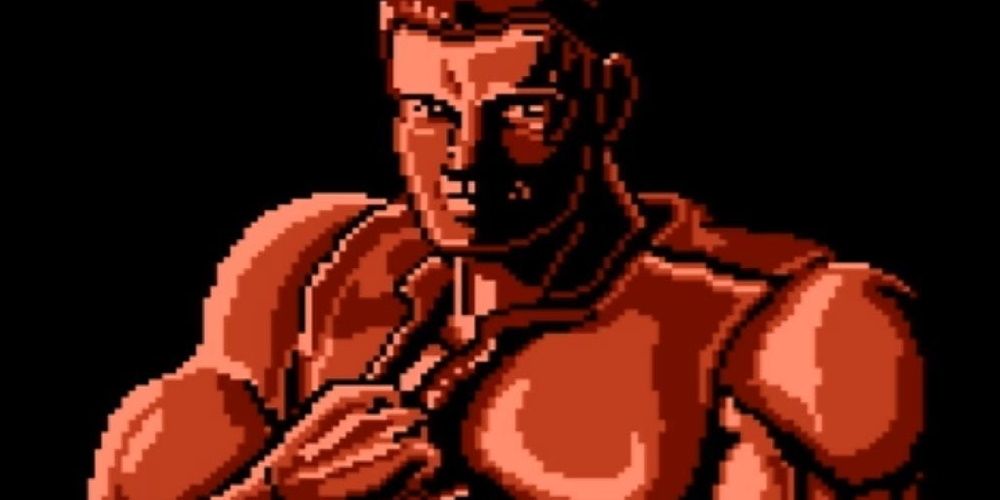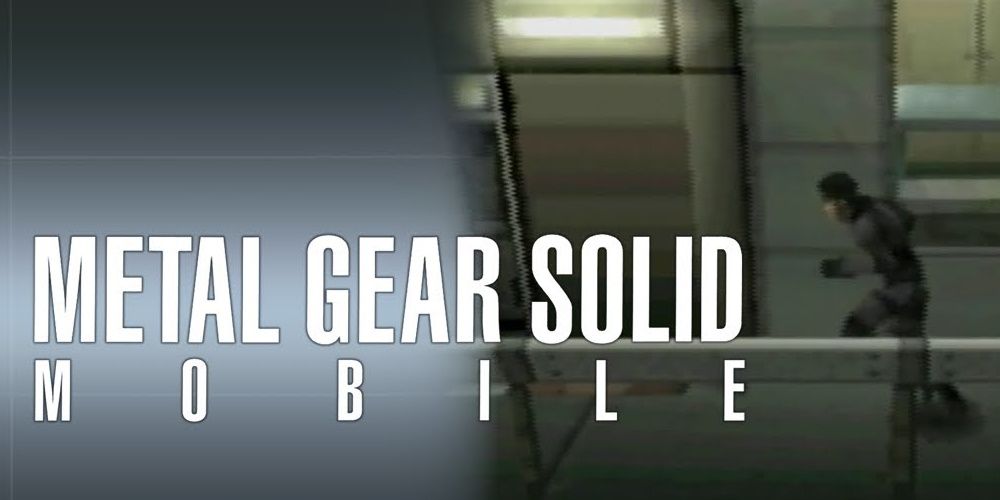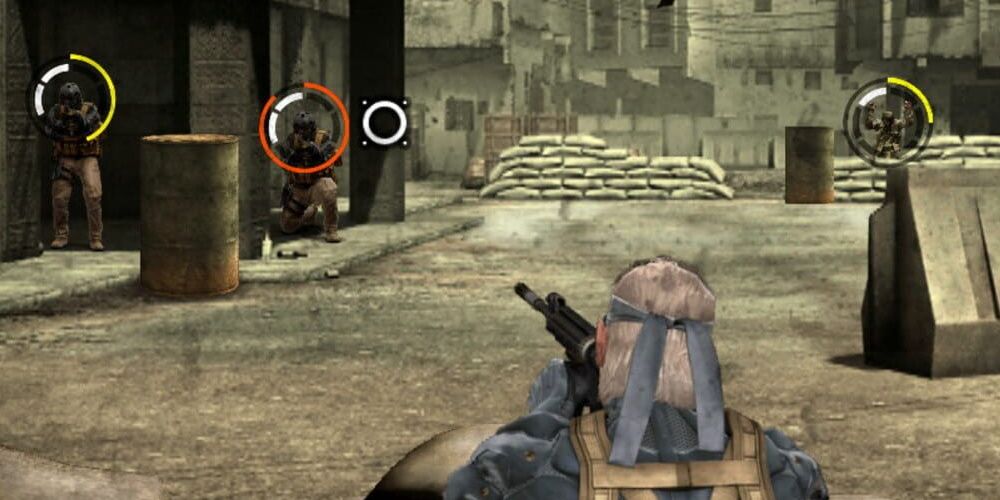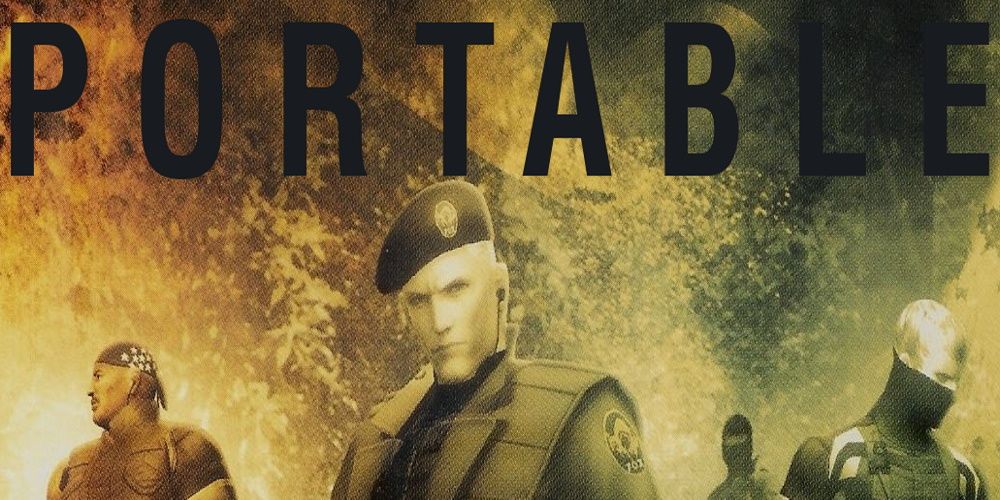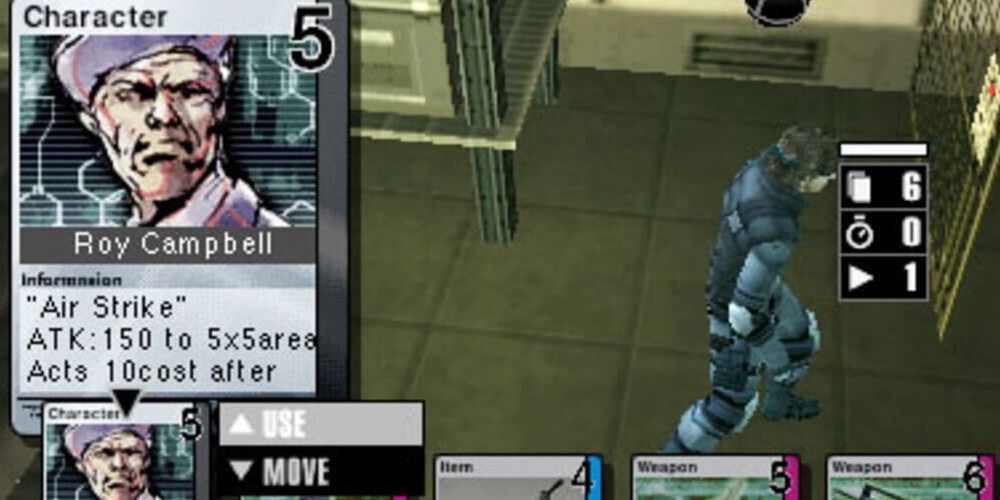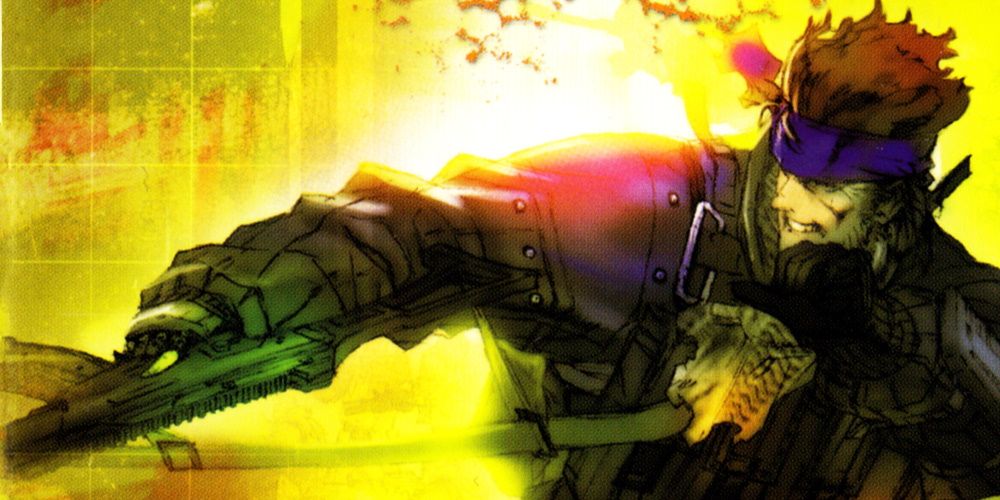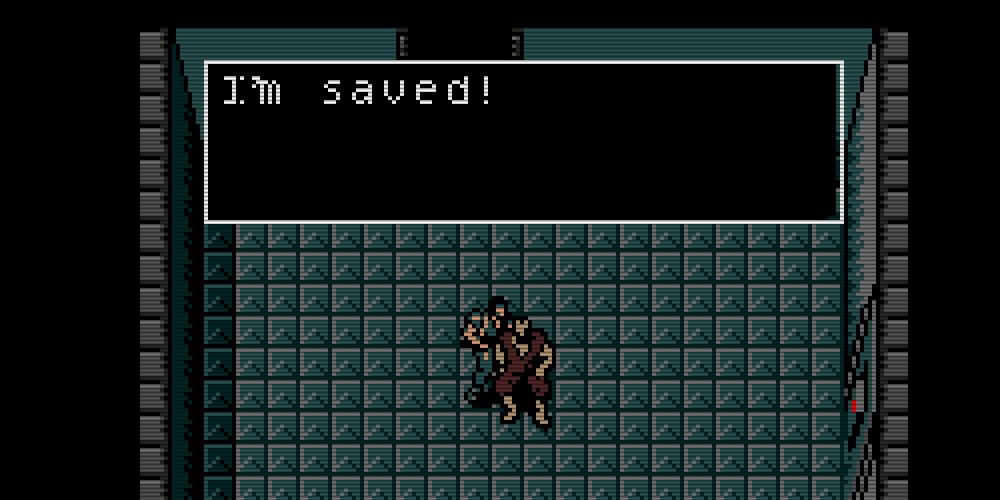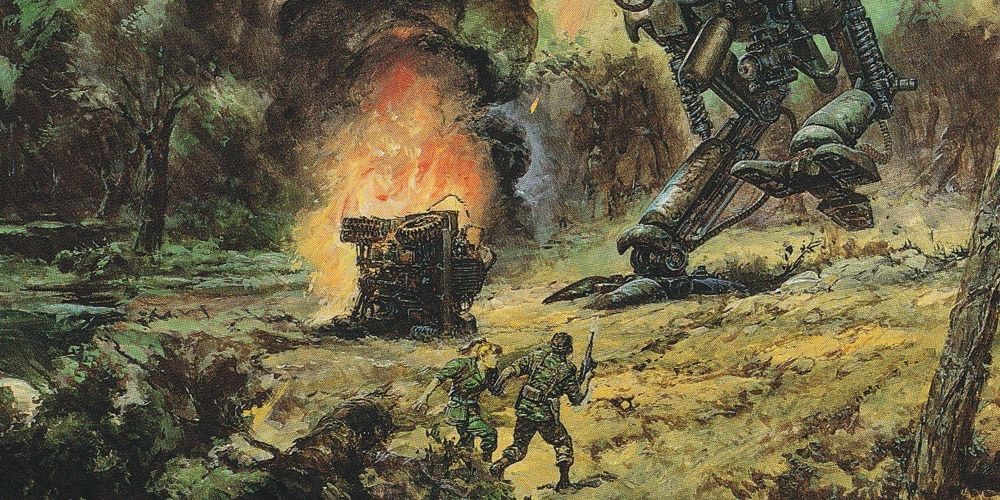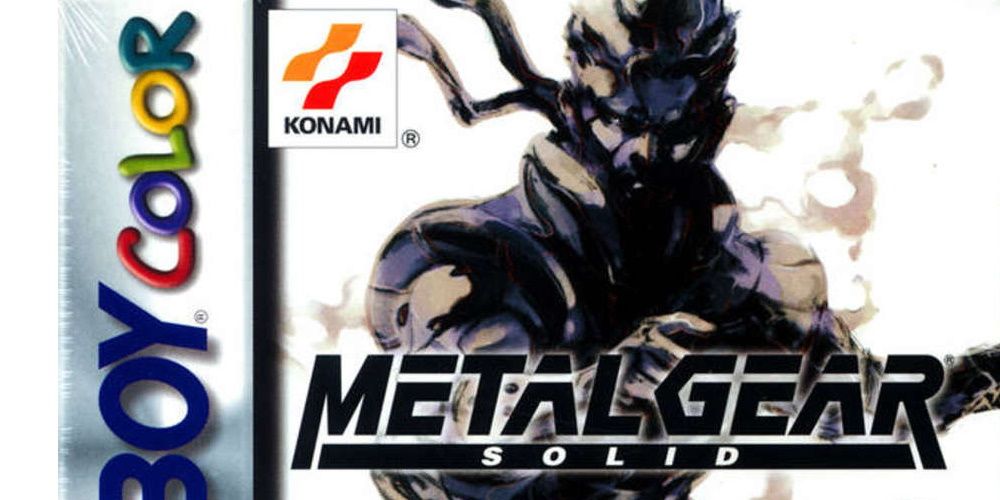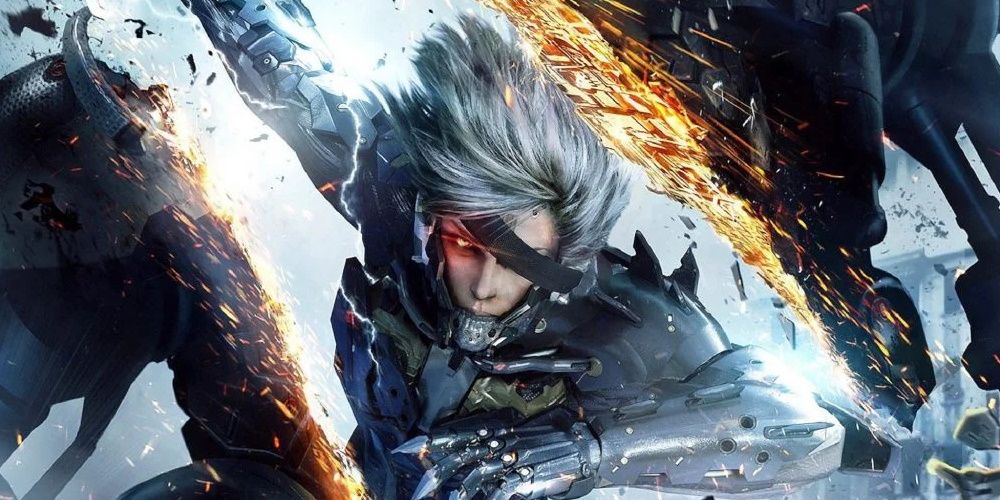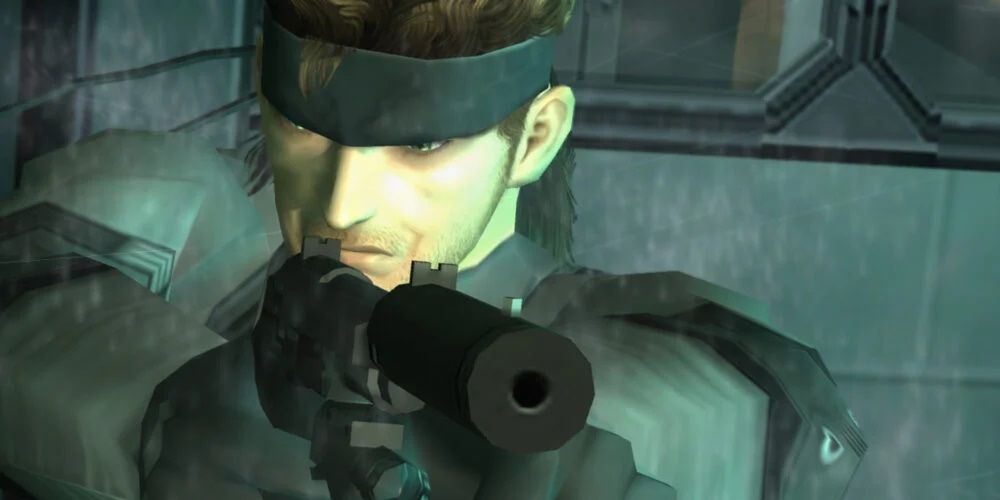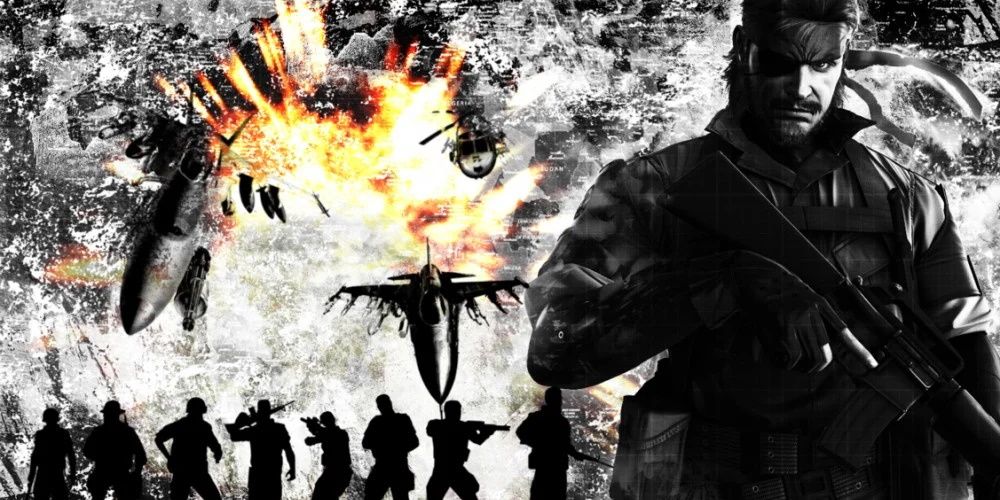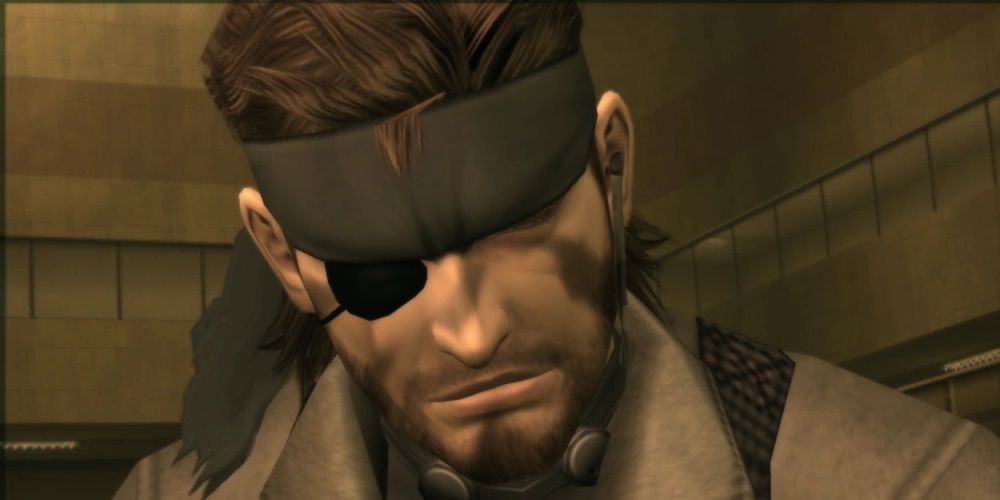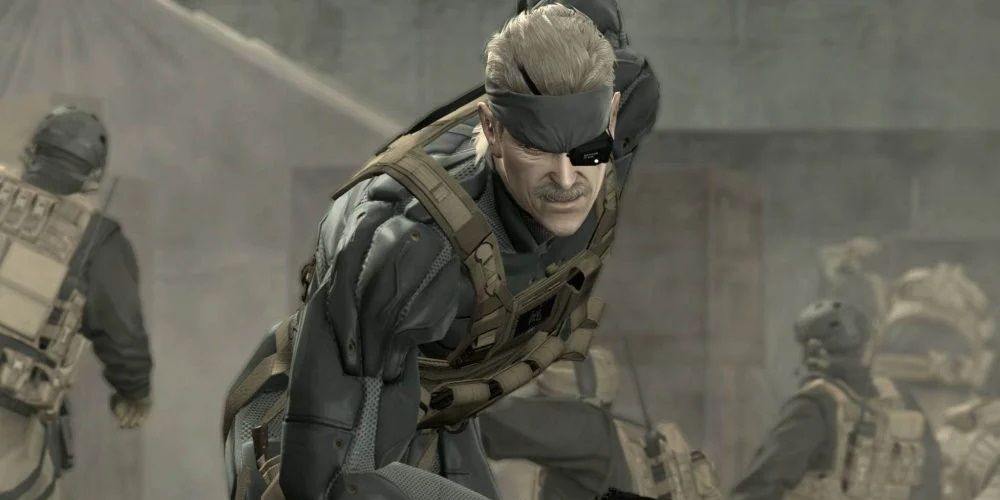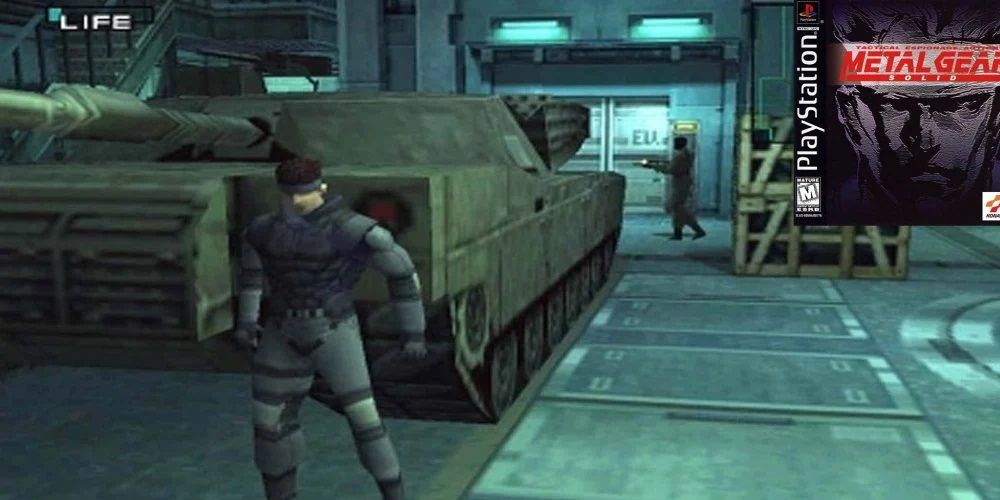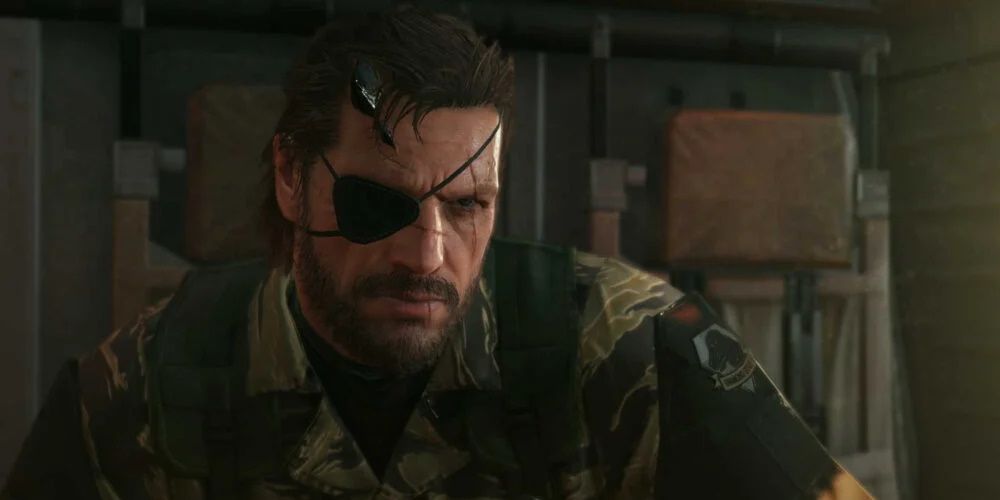The Metal Gear series, while encompassing five main numbered installments, claims more than 15 separate titles. The exact count varies, but we will not be counting ones that amount to level packs or multiplayer expansions as separate games. The games have varied in quality, with some entries among the most defining and creative experiences in the medium, while others are comparative disappointments.
The quality of each game's experience will be assessed according to modern standards--that is, how well each one holds up overall today. The franchise's achievements in setting new standards for thematic complexity and clever gameplay mechanics make identifying its greatest titles a worthwhile task.
18. Metal Gear Solid: Social Ops (2012)
An anachronistic meeting of characters and elements from across time, this tangential title uses assets from Peace Walker for mostly passive gameplay. It is the passable but insubstantial nature of the gameplay, as suggested in its title, that places this perfunctory entry at the bottom of the list of Metal Gear games. If anything, this reflects that none of the games in the franchise are wholly discardable, even if some don't deserve to be placed in the same category as others.
17. Metal Gear Survive (2018)
Although previous entries had featured battles with enemies including a vampire, an astronaut, and a psychic, Metal Gear Survive's generic zombies were of questionable fit for the fundamental premise of a game in the Metal Gear series, which predominantly belongs to the political thriller genre. Adding to this are the overly difficult gameplay and the insult of the not-so-micro microtransaction of 10 dollars for an extra save slot--an absurd monetization of your own hard drive's storage. There is some enjoyment to be had in the gameplay--more so the multiplayer, which isn't as excessively unforgiving--but the concept and execution just were not present in this title.
16. Snake's Revenge (1990)
Sequel to what is widely regarded as the inferior (NES) version of Metal Gear, Snake's Revenge is an overly difficult 8-bit action game of strictly average quality. Lacking in any kind of depth, and not part of any storyline that the series ran with, it can be safely disregarded by all but the most hardcore of completionists. While it's an interesting picture of an alternate direction the series could have gone in, it turned out to be quite generic. In comparison with the other titles, it's a bit vapid.
15. Metal Gear Solid Mobile (2008)
This title existed somewhere in between MGS and MGS2 in a lot of ways--like in graphics, characters, and setting--but in terms of content, it came up short. Yes, it was made for mid-2000s mobile phones, but the original MGS managed more innovation on weaker hardware. Without much originality or longevity, Metal Gear Solid Mobile was seemingly content to live in the shadow of the console titles. Rearranging your Metal Gear figurines would probably create a more original storyline. It's not bad, just not very daring.
14. Metal Gear Solid Touch (2009)
A retelling of MGS4 with simple shooting gallery gameplay, Touch doesn't offer anything truly new, making it largely disposable. It is akin to a companion game that lacks any compatibility with the PS3 counterpart or any supplemental features. While competent as a minigame, this title is basically a cash-in as opposed to anything noteworthy. Of course, if your aim is to unwind instead of engage in tense stealth gameplay, this may be a suitable diversion. Just don't expect an expansion of the narrative.
13. Metal Gear Solid: Portable Ops (2006)
While Portable Ops made logical gameplay contributions that would feature in later games, such as staff recruitment and notable story points, it also suffered from tedium, such as painstakingly dragging other characters through environments in efforts to complete objectives and your character melodramatically dropping dead from running briefly. The title itself announces the game's main reason for existence as: "It's MGS, but on a handheld!" rather than making a case for its gameplay or story, and this more or less reflects the experience.
12. Metal Gear Acid (2004)
Diverging from the established genre of action-based gameplay with a new turn-based card system, Acid added a layer of strategy that was well received. Even the most immersive action games are ultimately based on pure numbers; Acid just puts them front and center. These days, a game of this genre would be more likely to appear on smartphones than a dedicated console like the PSP. It may not sound like it's really part of the Metal Gear franchise, but it somehow captures the essence of the concept.
11. Metal Gear Acid 2 (2005)
Generally received as improving on the story and controls, and featuring a mode offering the quick action of isolated boss battles, Acid 2 builds on its predecessor in a way that results in a more engaging strategy experience. New mechanics are added to create more fluid gameplay, and new modes add longevity. The appearance of dozens of characters from previous games enhance the fanservice factor. The use of rudimentary stereoscopic 3D years before the 3DS also provided a fun gimmick.
10. Metal Gear (1987)
The game that innovated the stealth genre, the original Metal Gear first released on the MSX. It contains many elements that would persist across the series such as tactical use of weapons and gadgets and the iconic alert sound effect. Though quaint now, it remains highly playable. The surprisingly sophisticated story challenged the baseless perception of the games medium as intrinsically banal, and it remains necessary to contextualize the plot of the series' relaunch as Metal Gear Solid.
9. Metal Gear 2: Solid Snake (1990)
After the success of the original entry, Metal Gear 2 offered greatly improved visuals and a more polished experience. Guards would now move and look more dynamically, and sound could now alert them. On top of that, the backstory was richer and more fully formed. It was one of only two Metal Gear games in the 1990s, the other being MGS. The gap was long, but the seeds of future titles could clearly be seen in this second installment.
8. Metal Gear Solid (2000)
Konami commissioned a mere Game Boy Color port of the PS1's MGS, and they ended up with a full-fledged sequel. Known as Metal Gear: Ghost Babel in Japan, the game is not canon (whatever that really means), but it was of top quality. Despite being the Metal Gear game that released on the most technologically limited hardware, it holds up as entertaining, featuring many elements from MGS. It may have not seen the light of day since the GBC, but this game is an entirely legitimate way to experience tactical espionage action.
7. Metal Gear Rising: Revengeance (2013)
Much more action-oriented than previous entries, this PlatinumGames-developed installment featured thrilling swordplay and over-the-top scenarios that make it a strong entry despite the lack of stealth. Raiden was a logical character to build a spin-off on, considering his popularity and the striking aesthetics of his armor.
Some of it is silly for the sake of silly, but if you can disregard the tonal disparity with the rest of the series and indulge in the otherworldly futurism, Rising is an entertaining diversion.
6. Metal Gear Solid 2: Sons of Liberty (2001)
The second title in the Solid series offered prescient warnings about the Information Age that we now inhabit--as well as gripping gameplay challenges. However, it features now-outdated controls and never had a version with a ground-level camera perspective like MGS3, both of which age the title somewhat. MGS2 also lacks the quirky gimmicks of MGS beyond ambitious attempts at hyperrealism in small details. Regardless, the care that went into the game has helped it remain among the most playable in the series.
5. Metal Gear Solid: Peace Walker (2010)
Peace Walker is a much more impressive entry than Portable Ops, taking more advantage of the PSP's hardware. While it retained the visual novel-style cutscenes, it included full voice acting, which made the experience more cinematic. The intricate story would have impactful implications for MGSV, and it more fully fleshed out the past activities of Big Boss. Peace Walker's enjoyable online co-op made things extra engaging. Of the games that aren't main numbered titles, MGSPW is the most essential to experience.
4. Metal Gear Solid 3: Snake Eater (2004)
The realism of this survival-based title is rarely rivalled even today. Its jungle setting contrasts with the built environments of previous games and creates a rawer and more desperate experience. The game makes you feel as if you're hanging by a thread but also that there are endless approaches to enduring and heroically fulfilling your mission.
In addition, it features a sophisticated plot with thankless sacrifice as a theme. MGS3 is a fan favorite but was ultimately surpassed by later entries.
3. Metal Gear Solid 4: Guns of the Patriots (2008)
A defining part of the PS3's library, Guns Of The Patriots is viscerally and emotionally intense. The fanservice is gratifying without being overly intrusive. The game takes you through an imaginative story through many varied environments and makes satisfying use of the IP's characters and gadgets. Its online mode is known as enjoyable, but was short-lived and plagued by cheating. Its unfortunate restriction to one ageing platform also means that it only runs on old hardware and with the associated limitations.
2. Metal Gear Solid (1998)
As part of Metal Gear Solid, we're counting VR Missions, a mega-playable collection of hundreds of miniature missions that was eventually bundled with MGS as an expansion. The first polygonal Metal Gear title, MGS made many ingenious meta-references specific to the experience of using a PS1, breaking the fourth wall in some cases. This was a highly original use of transmedia storytelling. Video games in general have yet to ascend to the maturity of this game's writing. A contemporary of other games that became classics defining the beginning of the 3D era, MGS stands out as a masterpiece.
1. Metal Gear Solid V: The Phantom Pain (2015)
The meticulous attention to detail and immersive sandbox-style gameplay positions the fifth numbered entry in the MGS series on top. Ground Zeroes extracted about as much value out of its small map as it could, and The Phantom Pain, while feeling relatively inconsequential or parallel to the Metal Gear timeline, offered huge variety in problem solving and was highly polished. The fact that it also modernized the notoriously esoteric button mapping of the series that even the MGS HD Collection neglected to correct is a welcome bonus. MGSV can essentially be seen as the culmination of the series' innovations.

